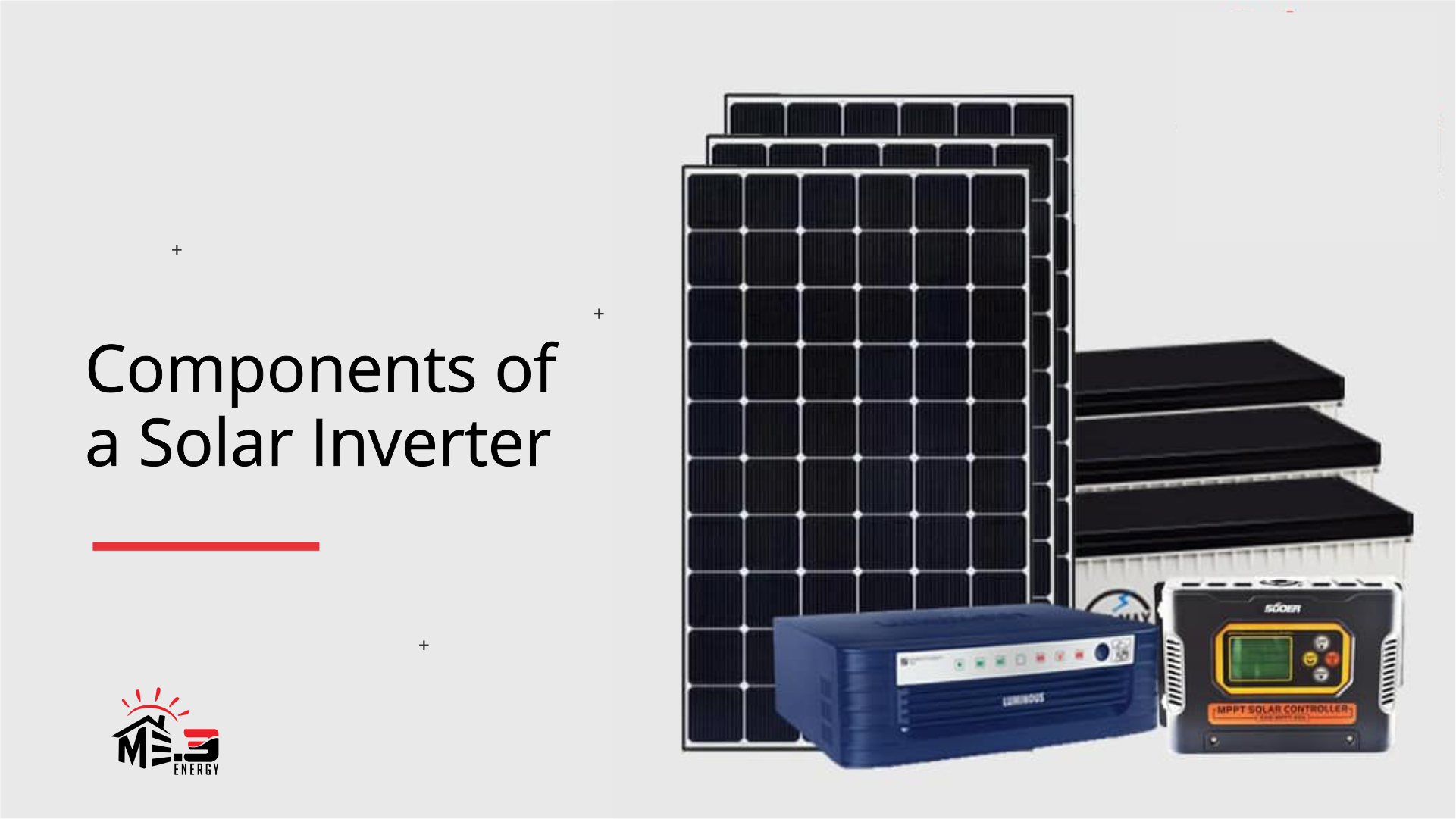
March
Complete Components of a Solar Inverter
March
The solar inverter consists of different components to make a complete system. In this article, we will guide you on all the components, so you know what to look out for when shopping for a new solar inverter.
There are four (4) main components of a solar inverter:
- Solar Panel
- Inverter
- Battery
- Charge controller
- Solar panel
Solar panels are the most visible component. It's obvious to know an owner of a solar inverter because you will also see the panel hanging out somewhere on their roof.
Solar panels generating energy from sunlight, which stimulates electrons to move through solar cells that are in-built on the surface of the panels. Contrary to popular opinion, it is the sunlight itself, and not heat, that generates the electricity.
In fact, overheated panels can become less efficient, similar to computer overheating. Panels are designed to be able to withstand warm climates.
- Inverters
The inverter is the main machine in the entire system. This is the device that converts the generated energy from the panel and converts it to electrical energy that we can use to power our appliances.
The inverter is an essential piece of equipment that works continuously. It is important to monitor this component and ensure it is always in perfect condition.
- Batteries
Good batteries are the most critical part of a solar inverter. The batteries are used to store energy generated during the day to be used throughout the night when the system is no longer generating power because of the absence of sunlight. This component is developing into a more feasible option for those who primarily use their energy in the evenings. It is also very crucial as it is not expected that a household will run on electricity for the entire day and be in absolute darkness at night.
- Charge Controller
The charge controller regulates the rate at which electric current is added to or drawn from electric batteries. It prevents overcharging and may protect against overvoltage, which can reduce battery performance or lifespan and may pose a safety risk.
Submit Comment


